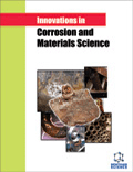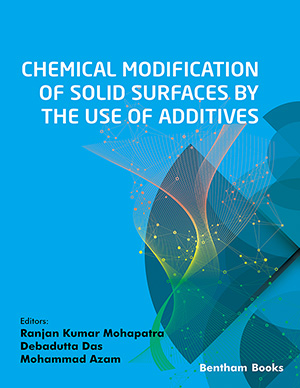Abstract
Background: Despite much attention of scientists paid to magnesium hydride, methods of its obtaining and properties investigation, the latter still has not found wide applications as a hydrogen material- accumulator for automotive industry. This work provides an overview and comparative analysis of the results studies performed by the authors. This review is directed at the synthesis of magnesium dihydride with low temperature, high kinetics of its dissociation, high hydrogen capacity and cyclic stability.
Methods: To reduce the temperature, improve the kinetics of stoichiometric MgH2 hydride decomposition, a range of new mechanical alloys-composites have been synthesized by reactive grinding in hydrogen. By the method of thermal desorption spectroscopy, we studied the influence of alloying elements on the hydrogen-sorption properties, thermal resistance, and the kinetics of hydrogen desorption from the MgH2 hydride phase obtained by mechanical fusion. For the X-ray phase diffraction analysis of specimens, we used a DRON-3M diffractometer. The diffraction patterns were analyzed by Rietveld method using Fullprof software Powder Cell 2.4.
Results: It has been established that Al addition to Mg (without addition of Ti, Fe, Ni) does not cause temperature decreasing of the beginning of hydrogen desorption from the MgH2 hydride phase. Very fast desorption kinetics at 300ºC and PH2 = 0,1 MPa were observed for Mg+Me mixture in comparison with the pure Mg, releasing 50% of total hydrogen in 7, 13, 16, 5 and 58 minutes at addition to Mg of 10 wt. % Ni, Fe, Ti, Al, correspondently. Investigated mechanical alloys-composites contain MgH2 hydride phase are able to accumulate from 5 to 6.5 wt. % H2.
Conclusion: Analysis of the research results presented in the article allows us to conclude that mechanical treatment of Mg in the presence of the catalyst additives allowed for significant improvement of the kinetics of the desorption process of hydrogen from the hydride phase MgH2. At the same time, its thermodynamic stability, decomposition temperature (at PH2 = 0.1 MPa) remains high for practical use of the mechanical alloys as the hydrogen accumulators for vehicles. However, the performance characteristics of the developed composite materials allow their use at stationary application conditions. As a “high-temperature” hydrogen storage material, magnesium hydride attracts the attention of developers of hydrogen storage systems thermally integrated with hydrogen-oxygen solid oxide fuel cells.
Keywords: Composite materials, hydrogen-sorption properties, mechanical alloy, reactive mechanical alloying, thermal stability, thermodesorption spectroscopy.
Graphical Abstract
 18
18 2
2







